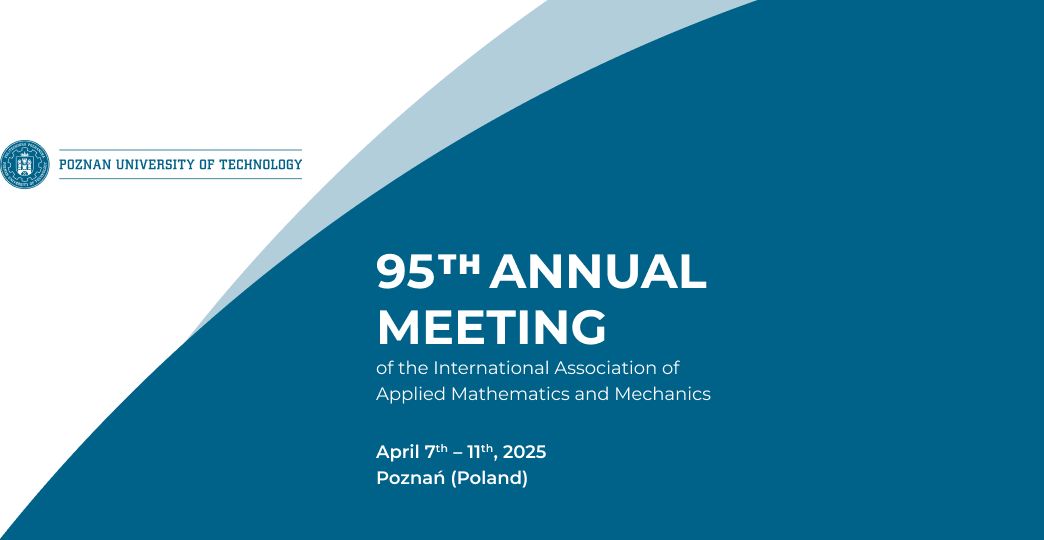Speaker
Description
The study examines the impact of geometric reduction and simplification of the swirl burner on the morphology of the lean flame and the NO emissions produced when ammonia is gradually added to fuel. Analyses were conducted in both two-dimensional and three-dimensional formats where the most commonly employed geometric reductions, axisymmetric swirl and periodicity, were subjected to the analysis and compared with the full geometry of a swirl burner featuring a 30-degree blade swirl outflow. The analysis has been performed on a swirl flame with a convergent-divergent nozzle, where the flow swirl was derived from a profile of the velocity vectors at the inlet. The simulation was conducted using the EDC combustion model and RANS RSM-Omega turbulence with Xiao and Okafor mechanisms, also considering heat transfer and radiation (DO). The ammonia share was increased gradually up to 25% by volume for a lean mixture with an equivalence ratio of 0.7.
The prediction of NO emissions was successful for the full combustion chamber geometry, with a slight over-prediction for the periodic system. The tested models demonstrated a high degree of accuracy in predicting the share of NO in the flue gas for fuel compositions containing 2.5% and 5% ammonia by volume. The NO emission results obtained for a fuel containing 5% ammonia were in good agreement with the experimental values, even for the 2D case. However, the results for a fuel containing 10% ammonia diverged from experimental values, indicating a significant influence of secondary flow effects on the flame shape and its emissions. The anticipated reduction in emissions was observed in the 3D analyses; however, the values were slightly overestimated in comparison to the experimental data due to the reaction kinetics mechanism employed. Additionally, there are uncertainties regarding the boundary conditions for the heat transfer of the chamber and these may potentially influence the temperature distribution and the final NO_X emissions.

